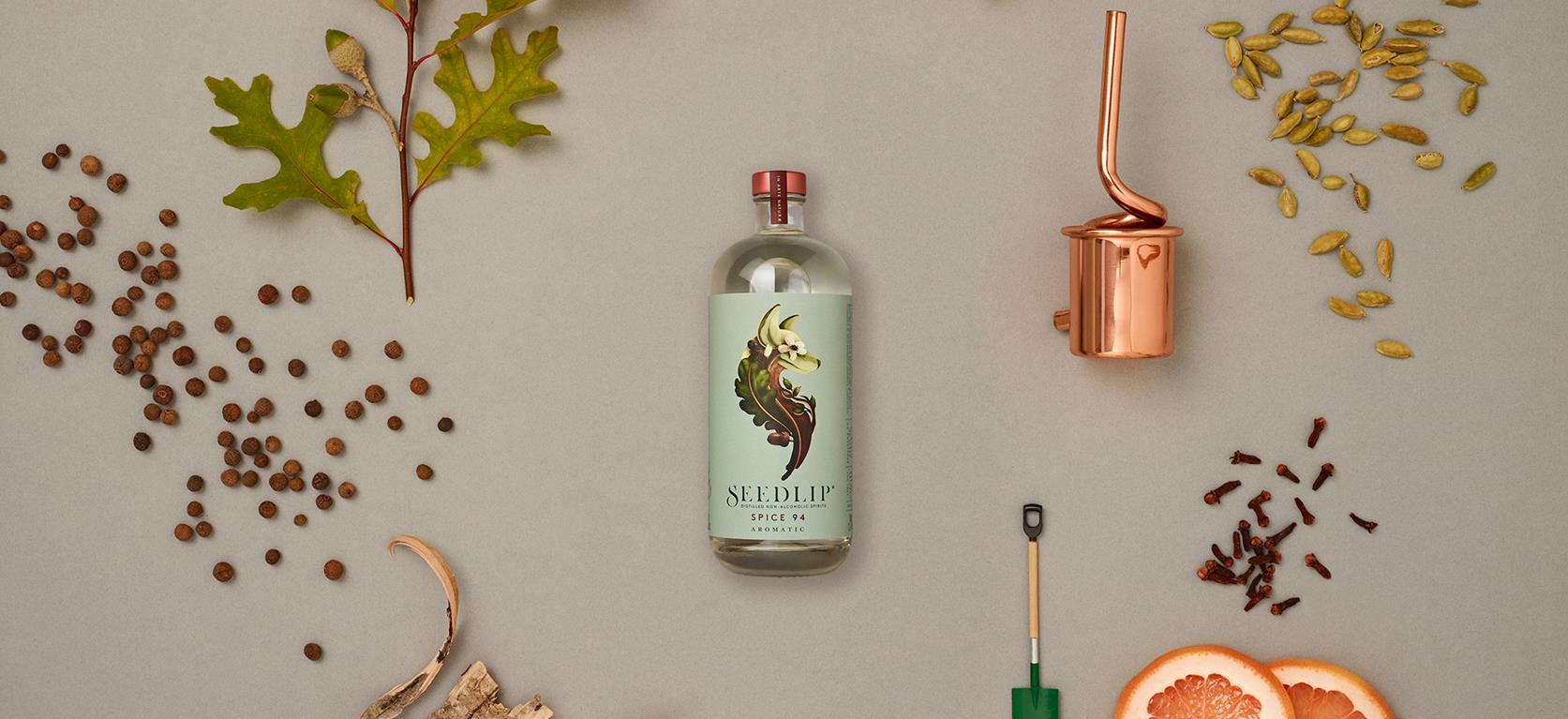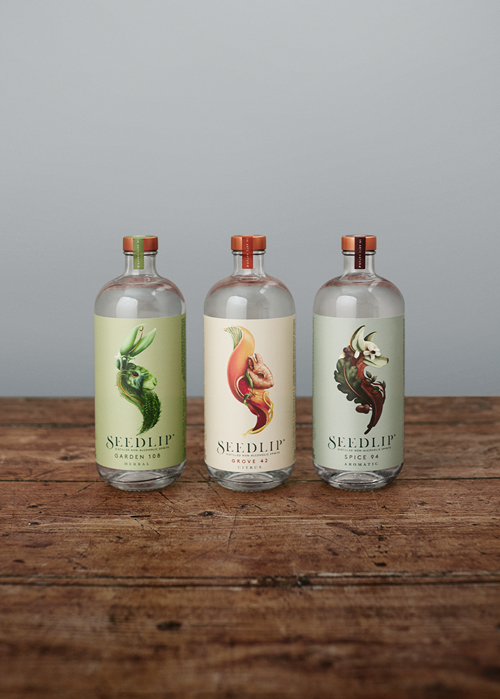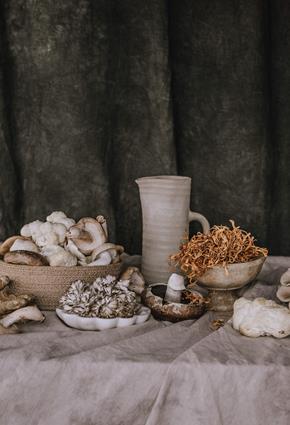We treat our soil like dirt. Even though we rely on healthy soil for 95% of the food we eat, we’re losing this resource at a rapid rate as a result of thousands of years of poor farming practices, deforestation and erosion. Moreover, soil health has massive implications on planetary health and can play a significant and immediate role in mitigating climate change.
In a single handful of healthy soil, there are more organisms than humans on earth. Talk about more than meets the eye. The microorganisms that live in soil feed off of organic matter and, in turn, supply essential nutrients to plants. Soil with greater mineral content grows food with higher nutrient density. So, soil is quite literally the nutritional bank of the food we eat and, thus, our very existence. This grossly simplified version of the biological process is solely for the purpose of understanding how soil health directlyaffects our personal wellbeing.
Now, let’s get nerdy.
Beyond producing healthy food, as mentioned, and being the host and medium for so much life, soil plays a pivotal role in the water cycle. Porous, carbon-rich soil is like a sponge: absorbing water during floods [infiltration] and providing to plants in times of drought. If water, say, cannot be infiltrated into the soil, it ends up in the nearby watershed – along with all its nutrients.
Modern agricultural practices are leading to a loss of biodiversity and destroying our soils. Conventional agricultural practices involve:
- Tilling the soil, which destroys that precious pore space for water infiltration,
- Monoculture production, meaning growing a single crop [like wheat, corn or soybeans in the States] on land that’d natively grow hundreds of varying species at once,
- Heavy chemical usage.
Let’s dig deeper into that last point on chemicals.
In a conventional farming system, when soil lacks biodiversity and has lower rates of nutrient cycling, it requires synthetic fertilizer. Synthetic fertilizer spurs the growth of weeds. To kill weeds, herbicides are sprayed. Herbicides contain chelates, which are compounds that bind metals – like magnesium, iron or zinc–making them unavailable to the plant. When plants cannot take up essential micronutrients, they become more prone to disease and unable to fight off pests, so fungicides are sprayed. And when plants are unfit to fight off pests, conventional agriculture practitioners spray pesticides – on crops meant for human consumption. Not to mention, pesticides also cause a decline in predator insects and pollinators, not just pests, which are necessary to produce crops… bringing this devastating system full-circle.
But, there’s another way – and you’ve likely heard of it by now: Regenerative Agriculture.
Regenerative agriculture is an ecological approach to farming that’s more aligned with nature’s way, without mechanical tillage, chemicals, and a host of other principles. We highly recommend Gabe Brown’s TED Talk or book: Dirt to Soil. But without getting into the specifics of how to put regenerative agriculture into practice, here’s more of the why…
We know that when soil is damaged, it releases more carbon dioxide into the atmosphere, which has negative consequences for our climate. Mainly, too much carbon and other heat-trapping gases in the atmosphere cause the earth to overheat. Excess carbon also acidifies our oceans, threatening marine life. Yet, ironically, there’s not enough carbon where it belongs: the soil. In fact, most of the cultivated soils worldwide have lost more than half of their carbon stock.
In essence, what we need is more photosynthesis. Through this natural process, plants capture atmospheric carbon dioxide in their leaves and pump carbon through their roots to supply to those microorganisms in the soil. Keeping soils covered with diverse crops and plant species, as well as composting–making natural, organic fertilizer from food scraps that’d otherwise produce methane gas in a landfill–and a host of other practices provide a viable solution to cultivating healthy soils that can adequately sequester carbon.
This is the basis for The Paris Agreement, which the United States has recently rejoined. While ambitious, the goal is for every nation to commit to increasing soil carbon by 0.4% each year, which would result in 75% of global annual greenhouse gas emission to be stored. Who knew: the solution is right beneath our feet.
So, if you want to make a difference, start small. Compost your food scraps at home or bring them to a local drop-off center. Support local farmers with sound agricultural practices. And get involved in your community, seeking out volunteering opportunities at communal gardens or supporting the many grassroots organizations advocating for the health of our soils.
Resources:




